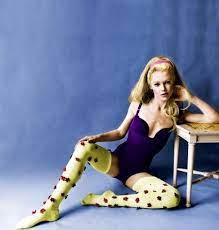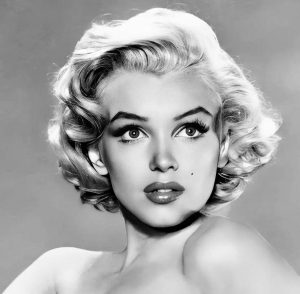I first stumbled upon Edie Sedgwick’s last photo on a quiet afternoon when I was lost in the rabbit hole of vintage photos. I wasn’t expecting to feel such a punch in the gut from a simple photograph. But there it was: a snapshot of Edie—her wide eyes staring into the camera, yet somehow distant.
You see, Edie Sedgwick, the “it girl” of the 1960s, lives on in our cultural memory through fleeting moments like this one. Her presence was magnetic, but her life, tragically short. That final photo encapsulates everything about her: beauty, vulnerability, and the relentless march of time. As I sat there, contemplating the image, it struck me just how much she remains an enigma.
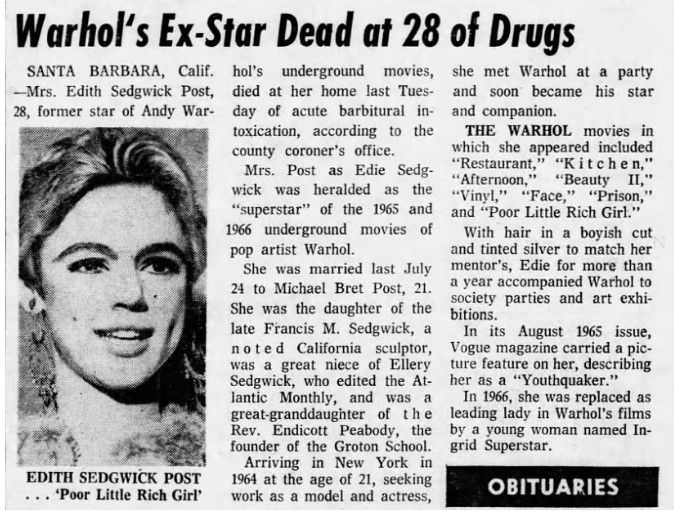
It’s hard not to feel a sense of mourning when looking at Edie Sedgwick’s last image. This was a woman who had been the embodiment of the swinging ’60s, whose name still whispers through the halls of pop culture. But what do we really know about her final days, and how did this iconic photo capture the essence of a woman who became a symbol of a generation?
What Made Edie Sedgwick So Iconic?
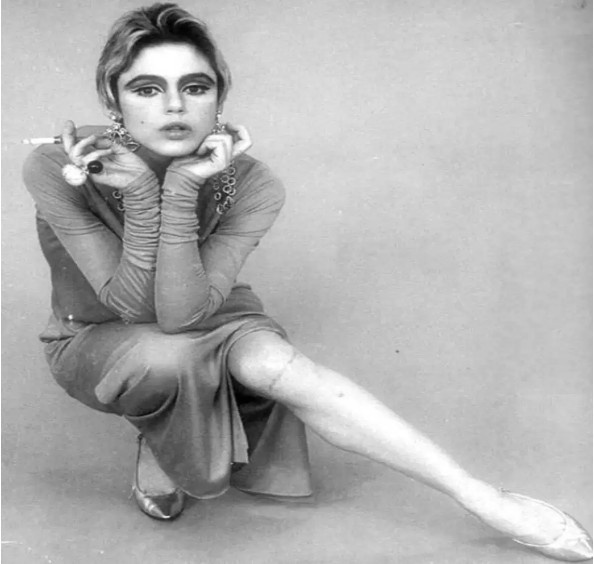
Image Credit- The Collector
Edie Sedgwick was, without a doubt, one of the most fascinating figures of the 1960s. A muse, a socialite, a model, and an actress, she was everything the counterculture craved. With her platinum blonde hair, heavy eyeliner, and silver screen presence, Edie was an instant hit in Andy Warhol’s Factory scene.
She became the star of his avant-garde films, but also the poster child for a certain kind of celebrity—fame and beauty that seemed to have a self-destructive edge. She wasn’t just a fashion icon; she was the epitome of 60s bohemian chic, even though, beneath the surface, her life was chaotic.
For those of us who didn’t live through it, Edie’s allure is a bit like a dream we can’t quite touch—her life was a colorful swirl of fame, addiction, and tragedy. It’s easy to imagine her as the personification of the era’s excess, but there was more to her than just the glittering surface. Her life story is intertwined with a series of powerful, almost tragic, moments that still echo in the world of pop culture today.
What Was the Cause of Edie Sedgwick’s Tragic End?
Edie Sedgwick’s tragic death at the age of 28 still lingers in the air like a cold breeze. Her demise, which came in 1971, was officially ruled as an overdose. But the truth behind her passing feels far more complicated, much like the woman herself. It wasn’t just the drugs or the lifestyle that led to her death.
It was the pressure of the world around her—the constant need to be something, someone. Edie was trapped in a whirlwind of fame, family dysfunction, and mental health struggles. You might say she was a product of the era: dazzling on the outside, but hollowed out on the inside.
When I look at her last photo, I can’t help but think about the juxtaposition between her outwardly composed appearance and the turmoil she must have felt internally. There was no way to escape the machine that had consumed her life—yet, somehow, she still managed to look so perfectly poised in that moment. This was the heartbreaking reality of a woman whose fame would ultimately be both her crown and her cage.
What Was Edie Sedgwick’s Legacy?
Despite her short life, Edie Sedgwick left a legacy that continues to inspire. Her impact on fashion, pop culture, and the arts is undeniable. She was the embodiment of the ’60s counterculture, a symbol of beauty and rebellion rolled into one. But more than that, she became a muse for artists like Andy Warhol, whose work would be forever linked to her name. Her image was both ethereal and raw, capturing the heart of an era that demanded both style and substance.
In a way, Edie’s legacy is about more than her own personal story—it’s about the myth that grew around her. She was immortalized in Warhol’s films and art, but even beyond that, she was a symbol of the fragility of fame. Her story resonates with anyone who has ever grappled with the pressures of being seen, being adored, and ultimately losing oneself in the process.
How Can We Reflect on Edie Sedgwick’s Life Today?
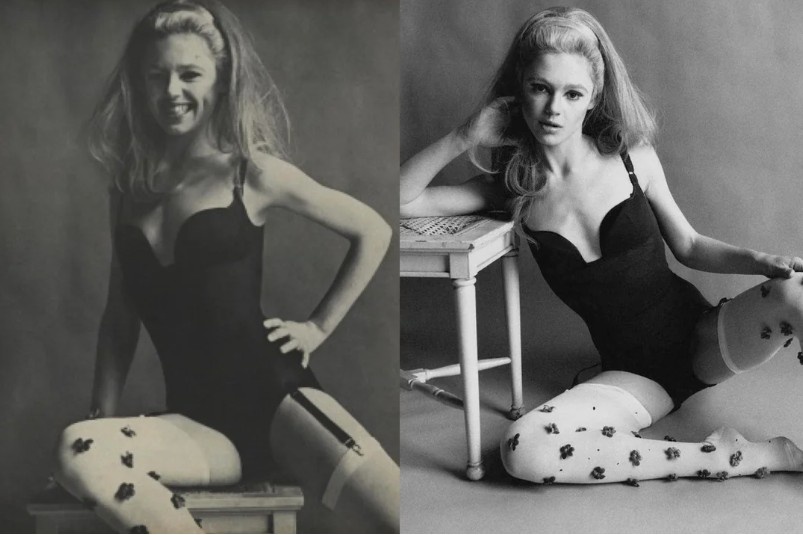
Image Credit- Reddit
As I think about Edie Sedgwick today, I’m reminded of the complexities of celebrity and the toll it takes. We live in an era where fame is more accessible than ever, but the human cost often remains hidden. Edie’s life and death serve as a cautionary tale for anyone who’s ever dreamt of the kind of stardom she experienced. The price of beauty and fame, as Edie’s life illustrates, is often far steeper than we could imagine.
When I look at that last photo of Edie, I feel a profound sense of loss—not just for the woman who never got to live out her full potential, but for the haunting truth behind her brief, yet impactful, life. Her story reminds us that even the brightest stars can burn out too quickly, leaving only the flicker of their memory behind.
FAQs:
1. What was Edie Sedgwick’s most famous role?
Edie Sedgwick became a star through her collaborations with Andy Warhol, most notably in his experimental films like Poor Little Rich Girl and Kitchen. Her role as Warhol’s muse cemented her place in pop culture history.
2. Why is Edie Sedgwick still remembered today?
Edie is remembered as a cultural icon of the 1960s, symbolizing the intersection of beauty, rebellion, and the pitfalls of fame. Her brief but impactful life continues to influence fashion, art, and celebrity culture.
3. How did Edie Sedgwick die?
Edie Sedgwick tragically died of an overdose in 1971 at the age of 28. Her death was a culmination of the pressures of fame, substance abuse, and mental health struggles.
4. What does Edie Sedgwick’s last photo represent?
Her last photo symbolizes the contrast between her outward poise and the inner turmoil she was experiencing. It’s a haunting image that encapsulates both the allure and the tragedy of her life.
Final Scoop Before You Jump In
Edie Sedgwick’s last photo is not just an image—it’s a legacy, a story, and a reminder of the fragility of fame. Looking at it, I feel a sense of sadness mixed with awe. It’s almost like witnessing a flame flicker before it’s snuffed out. The vulnerability in her gaze tells a story that’s as complex as the era she embodied. And in that moment, we see not just a star but a person—a young woman caught between her dreams and the realities of a world that didn’t know how to protect her.
If you haven’t already, take a moment to revisit her story. Watch Warhol’s films, listen to the music that defined her era, or simply look at her final photo. It might make you think differently about the legends we create and the human beings behind them.

